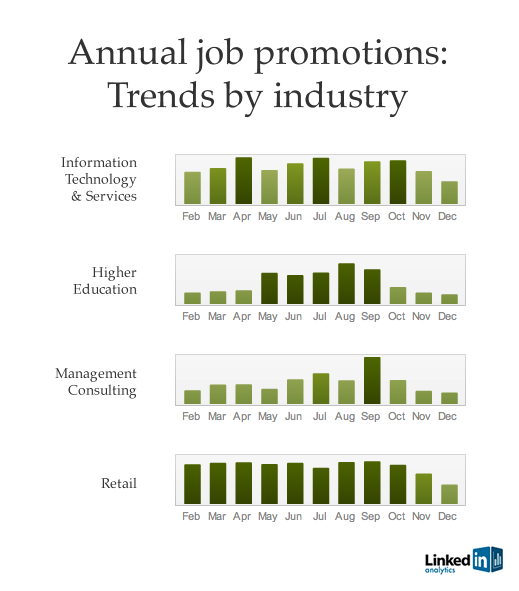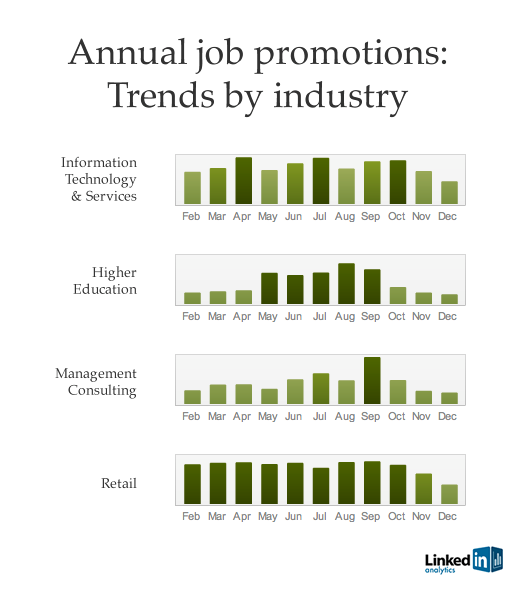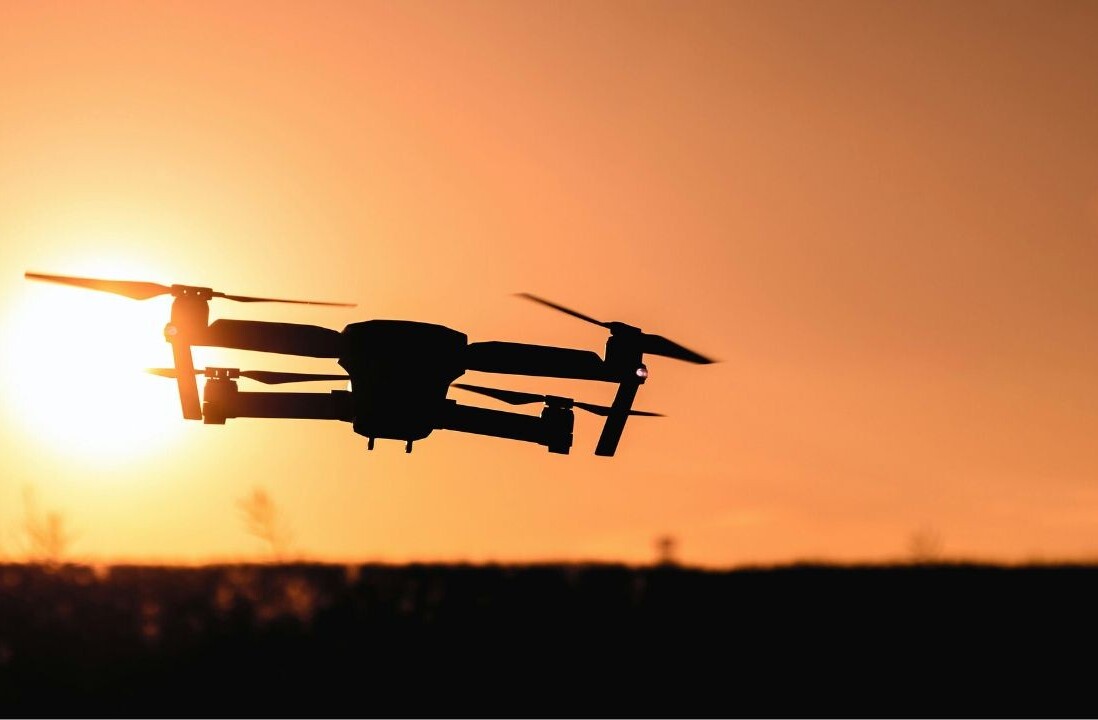
VigLink, a San Francisco based company launched in January 2010 with the idea that “outclicks,” the clicks leaving your site, have value. VigLink goes beyond analytics and tells publishers where those clicks went, measures how much value they drove downstream and claims a commission without creating any additional work for the publisher. For example, whenever you link to a product, website or promotion, VigLink turns that link into an affiliate link so that you receive a commission for any purchases made.
You can, of course, do this yourself, but it’s time-consuming says VigLink. Simply installing the VigLink library on your page enrolls you in all relevant affiliate programs automatically. VigLink then earns a small commission for every sale you’ve earned on a linked site. TNW interviews Oliver Roup, the Founder and CEO of VigLink about his company and content monetization in the Web 2.0 era.
CBM: What is VigLink and how did you get started?
![]() Oliver Roup: Many publishers know that merchants pay commissions for traffic you send them, but fora technology that’s been around 15 years, it’s shocking how rarely people do this. Amazon’s program is by far the easiest to use and early crawls I did showed that less than 50% of links to them are affiliated. Think about that – people are going to all the trouble of sticking a link to Amazon in their content and not adding the simple tag to get paid. For other merchants, the participation rate is much much lower.
Oliver Roup: Many publishers know that merchants pay commissions for traffic you send them, but fora technology that’s been around 15 years, it’s shocking how rarely people do this. Amazon’s program is by far the easiest to use and early crawls I did showed that less than 50% of links to them are affiliated. Think about that – people are going to all the trouble of sticking a link to Amazon in their content and not adding the simple tag to get paid. For other merchants, the participation rate is much much lower.
VigLink is a service that completely automates getting paid for your content, not just with Amazon but with more than 12,500 other merchants. You put our code in your page and you get paid by the merchants you link for the business you send. You don’t even need to worry about who’s a merchant – just insert our snippet of code in your page and if visitors click on your links to merchants and buy anything, you’ll get paid.
In 2009, I was looking for something interesting to do and I got pointed towards affiliate marketing. It seemed interesting with lots of money flying around, but there was this super-steep learning curve and lots of nomenclature. It seemed ripe for some innovation. The company was funded in June 2009 and we launched in Jan 2010.
CBM: Who are your current clients?
OR: Like Google AdSense, VigLink works on sites large and small across all verticals. We do particularly well in automotive, fashion, electronics, AV and entertainment. Some of our clients include eBay Motors, Tom’s Hardware, Ask Andy About Clothes, Ferrari Chat and Huddler.

CBM: What are the best ways for publishers to monetize content?
OR: There are a wide array of options available to publishers hoping to monetize their content including display ads, contextual ads like AdSense, data sales and link affiliation. What you’ll find is that display ads disproportionally favor larger sites (advertisers seem to think they’ll see a greater ROI on a high traffic versus a lower traffic site, although this isn’t always true), leaving smaller sites at a disadvantage. AdSense can work well on smaller sites though.
In terms of selling data about readers, many publishers shy away from the practice and you really need quite a lot of data before you start to see meaningful returns.
VigLink is of course additive to all of the above, so even if you’re pursuing all of the above strategies, installing VigLink will give you incremental revenue that doesn’t compete with display ads or data sales.
 CBM: What are the easiest types of content to monetize?
CBM: What are the easiest types of content to monetize?
OR: We’ve historically seen the greatest deal of success working with publishers whose content already includes a high number of outbound links. However, we have a new link insertion feature that is in private beta and addresses a really broad cross-section of the Internet. Publishers who turn on this link insertion will see sensible and unintrusive links added to their content that deliver revenue. This allows publishers to focus on their content rather than linking, and narrows the divide between the success a heavily linked and entirely unlinked site will have.
CBM: What are the hardest types of content to monetize, other than bad content?
OR: A merchant’s or advertiser’s worst fear is being directly associated with negative content, particularly about their own brand. Content that is negative or profane or otherwise objectionable to the merchant will not monetize with VigLink. VigLink helps merchants avoid this by providing tools to understand which publishers are driving traffic and giving them the opportunity to push a publisher out of their program.
CBM: What pitfalls do most content creators fall into when trying to monetize?
OR: Most content creators focus too heavily on advertising, which can backfire. Display ads only monetize well for the very largest sites, and too many of them leave sites feeling cluttered, confusing and “salesy.” Our advice to publishers is to focus as much of their attention as possible on creating quality content. Engaging users leads to links, and search engine traffic, which improves monetization across all strategies.
CBM: Tell me a success story about content monetization.
 OR: Tom’s Hardware, a popular online computer technology publication, had been successfully monetizing their site for some time, but the channels they were using didn’t leverage the actual content they produced. Specifically, they had a high volume of outbound links that resulted a high number of outclicks to other sites. They recognized the value of these outclicks and turned to VigLink to help them automatically affiliate these links. They set an initial goal for revenue and ended up reaching a number 4 times that fairly quickly, and with no additional time on their end.
OR: Tom’s Hardware, a popular online computer technology publication, had been successfully monetizing their site for some time, but the channels they were using didn’t leverage the actual content they produced. Specifically, they had a high volume of outbound links that resulted a high number of outclicks to other sites. They recognized the value of these outclicks and turned to VigLink to help them automatically affiliate these links. They set an initial goal for revenue and ended up reaching a number 4 times that fairly quickly, and with no additional time on their end.
CBM: What types of technologies do you employ for content monetization?
OR: A technology like VigLink’s wasn’t possible until the use of javascript in a web page could be relied on and techniques like JSONP were invented. We rely heavily on each of these to do what we do.
CBM: Who is making the most money on the Internet and why?
OR: Online ad spend is exploding: each year a greater and greater percentage of advertisers’ marketing budgets is being diverted away from traditional media and towards online media. A great deal of effort (and money) has already been collectively spent on optimizing display and PPC (pay-per-click) ads, and publishers and advertisers alike are seeing diminishing returns.
While display and PPC ads will continue to dominate, per-page revenue is hitting a point of diminishing returns and publishers increasingly will need to turn to content monetization to continue revenue growth. The outclick is an unintrusive monetization opportunity publishers can no longer ignore.
CBM: How have you seen the industry change since you started and how do you expect to see it change in the future?
OR: The technology hasn’t changed fundamentally in 15 years but certainly the level of interest and activity has been exploding even over the last year. I expect this to continue and accelerate and the technology is finally evolving as well.
The industry has always had a hard time with ease of use and a very steep learning curve. As customers become aware of the significant opportunity surrounding content monetization and affiliate links, and the newer technologies like ours that are available to streamline the process, I think will be seeing demand across the board for easier to use products like VigLink.
***
VigLink recently closed a $5.4 million Series B financing round led by Emergence Capital, raising its total investments to $7.3 million to date including existing investors Google Ventures and First Round Capital.
Get the TNW newsletter
Get the most important tech news in your inbox each week.





